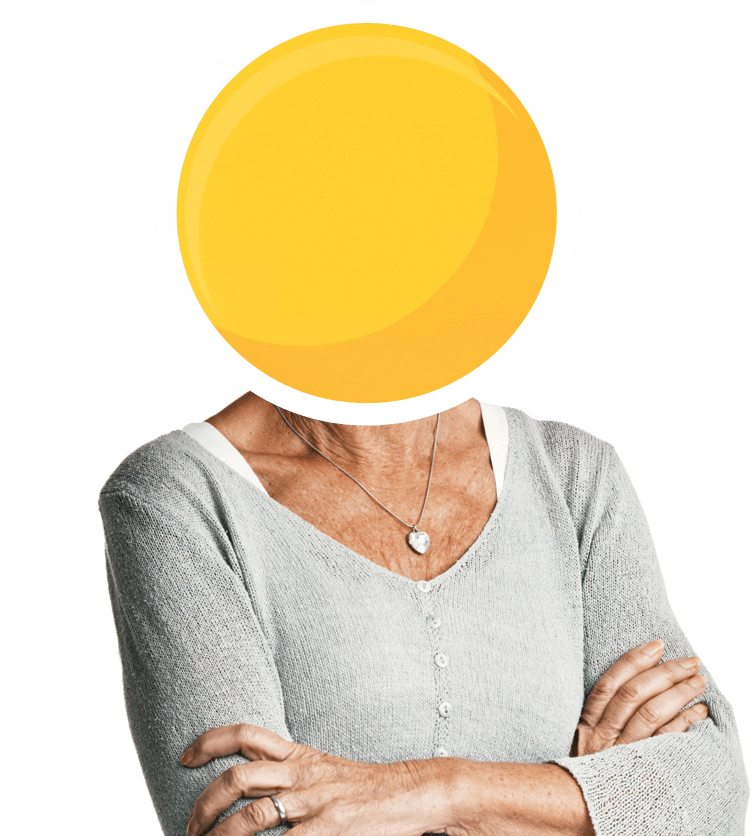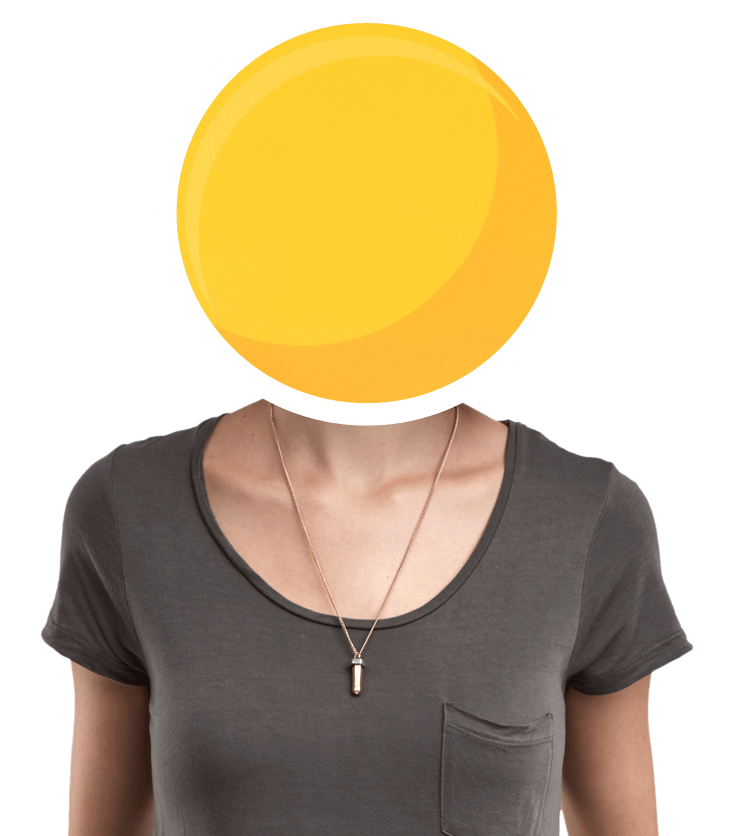A reverse trend
A Reversing Trend!
An analysis of the RHI according to the different age strata reveals that the trend in Quebec, where young people in the 1824-year-old group reigned in terms of happiness, is reversed when the results for Canada as a whole are taken into consideration. Now the elderly between age 65 and 74 years record the highest RHI (78.00), which provides more support and weight to recent reports associating the "golden age" with happiness. But a word of caution is in order. This tendency to think that happiness increases with age has its limits, as evidenced by the RHI for the category of individuals over age 75 years (73.10), which is one of the weakest strata analyzed.
The findings also indicate that people in the prime of life don't seem to connect well with the notion of happiness. Indeed, it appears much accessible to the groups on either side of this time of life with its many responsibilities and pressures from every side.
But the differential between improvement and deterioration in the state or happiness of people last year is actually more revealing than the RHI itself. The differential inexorably dwindles as we age, making it clear that aging is a merciless process, while the RHI is not subject to the same influence: regardless of age, anyone can consider him- or herself as happy as anyone else.
Perhaps the carefree outlook of youth, who have yet to face the greater challenges to come, or perhaps the maturity of experience, when these challenges are often remnants of the past, predispose us to a greater appreciation of the lives we life. It's a question that deserves to be asked. The drop of the RHI for the elderly over 75 years of age is quite understandable.
RHI and Differential according to Age
The Concept of Differential
The concept of differential between improvement and deterioration in the state or happiness of an individual last year is a useful, complementary indication for analyzing the various segments and subgroups in a population, making comparisons between them, and determining which categories in recent months have been the best and worst.
The differential is calculated simply by subtracting the percentage of respondents in a particular group claiming that their state or happiness improved by the percentage of those who indicated that it had not.












